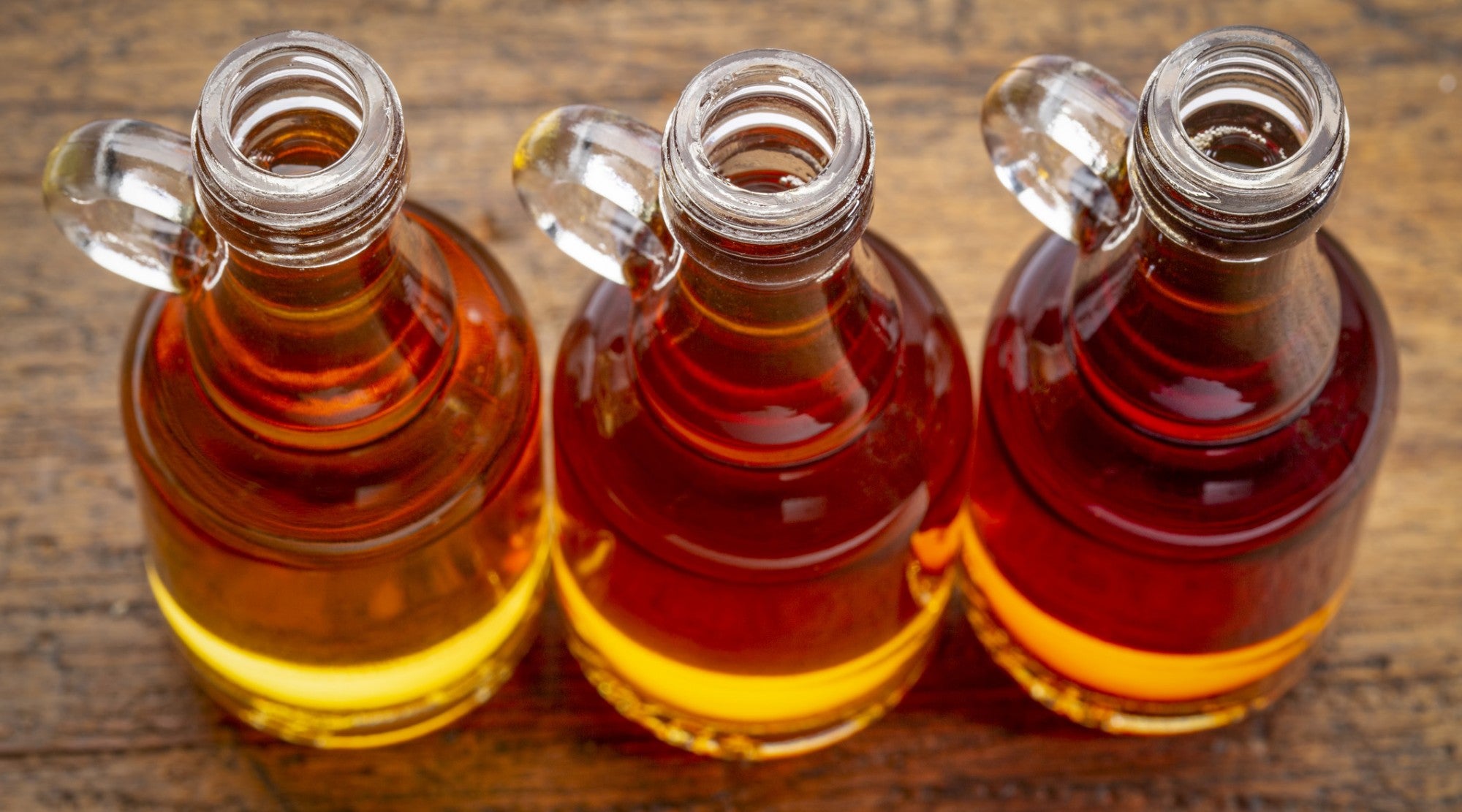Disclaimer: The findings discussed are lab based and further studies need to be done.
How is it that we can tell sugar cane, honey, agave, and various maple syrups apart? Besides the taste and smell, each substance has a unique “fingerprint” that can help scientists identify the type and purity of each sweetener.
A study done at the University of Rhode Island used an analysis method called HPAEC-PAD (high-performance anion-exchange chromatography) to identify the exact sugar molecules in maple syrup compounds, therefore “fingerprinting” each type of syrup.
What does this mean for you as a maple syrup consumer? As research expands on the health benefits of maple syrup, so does the importance to provide quality maple syrup to truly maximize your health. Going forward, this fingerprinting method will serve as a quality control marker to make sure the syrup you’re enjoying is authentic and free from unnatural additives. The future of maple is going back to the way nature intended it to be enjoyed; all natural!
Reference: Mellado-Mojica, E.; Seeram, N.P.; Lopez, M.G. Comparative analysis of maple syrups and natural sweeteners: Carbohydrates composition and classification (differentiation) by HPAEC-PAD and FTIR spectroscopy-chemometrics, Journal of Food Composition and Analysis, 2016, 52, 1-8.
learn more about this study
